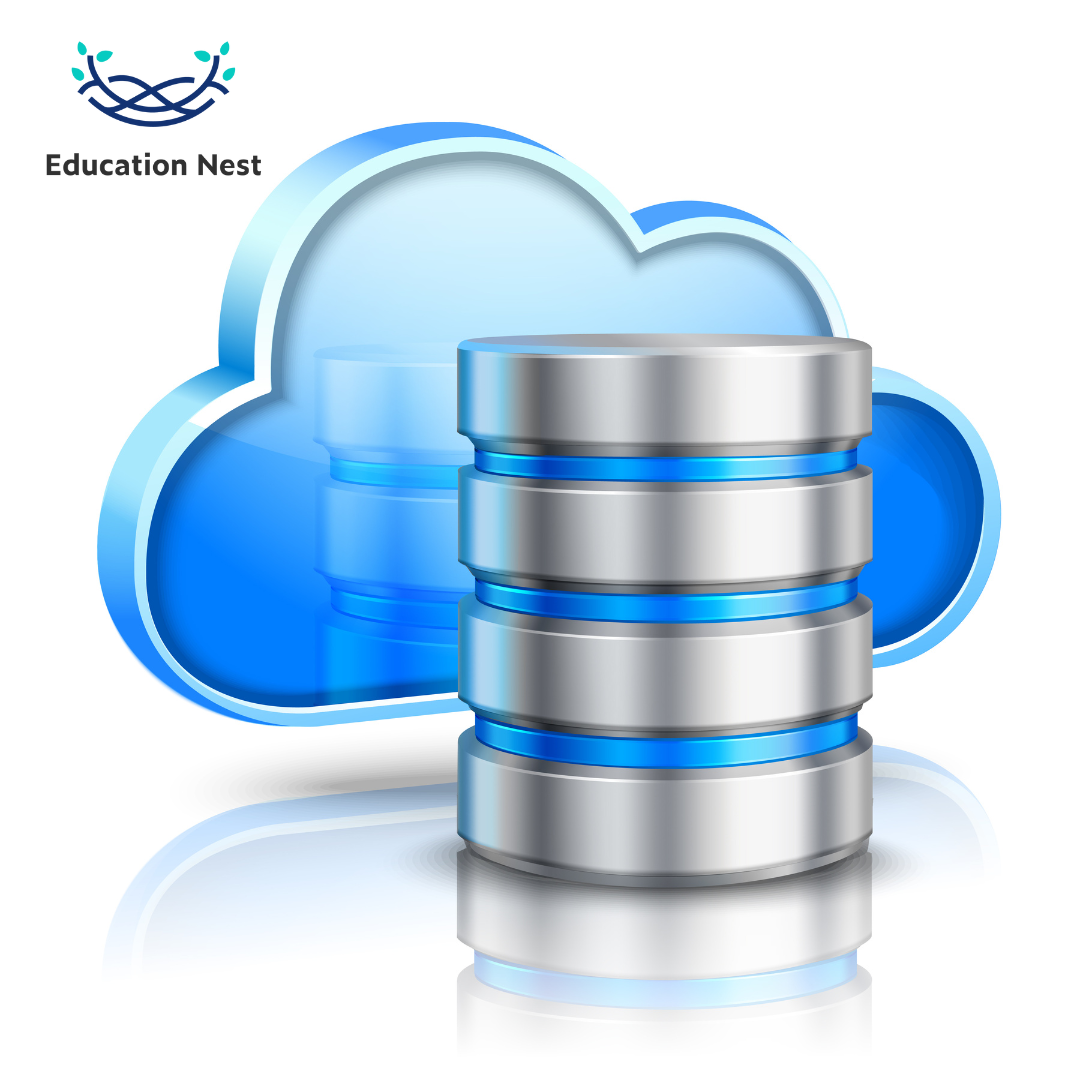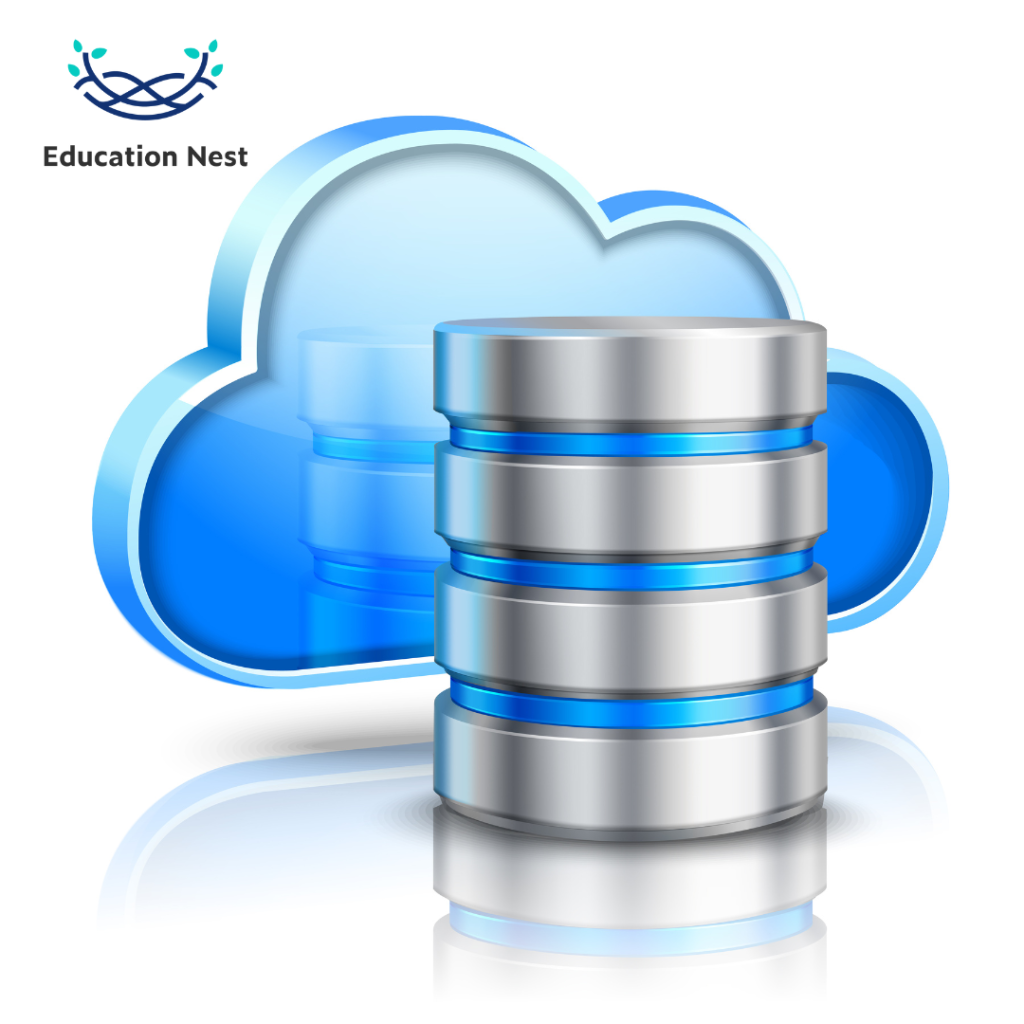
Non-relational databases, often known as “NoSQL,” are becoming increasingly popular as the world’s data volume expands. Businesses and organizations are looking for innovative ways to deal with the deluge of data, and they are drawn to database management tools and systems that differ from relational database systems. MongoDB enters the picture at this moment.
In this blog, you will learn what MongoDB is and what its key components are.
What is MongoDB?
MongoDB is a well-known open-source storage solution that focuses on documents. It is a NoSQL (non-relational) database that stores, retrieves, and handles unorganized data.
Features of MongoDB
MongoDB can be utilized in modern apps because it provides a variety of essential capabilities such as
- It facilitates horizontal scaling by dispersing data over multiple servers.
- It also has a high uptime and the possibility to grow.
- It also offers excellent search tools, such as indexing assistance and aggregation pipelines, making obtaining and evaluating data rapidly simple.
MongoDB Basics
MongoDB’s foundation is built on the following key ideas:
Collections:
In MongoDB, a collection is a group of records that work together. It functions similarly to a table in a SQL database. Because collections do not require papers to adhere to a specific template, each document in a collection might have a unique layout.
Flexible Schema:
MongoDB’s flexible schema allows documents in a group to have varied structures. This flexibility allows for changing data types and simplifying and adding to data without changing the entire collection.
BSON Format:
The BSON (Binary JSON) format is used in MongoDB to describe documents that appear like JSON. It improves storage and retrieval efficiency by introducing new data types to the JSON format, such as dates, binary data, and others.
MongoDB supports CRUD operations: Create, Read, Update, and Delete. You can use these methods to create new documents, retrieve existing ones, alter the fields within them, and delete them from collections.
Indexing:

MongoDB supports indexes, which improve query performance by speeding up data retrieval based on specific fields. Indexes can be created for single areas or groups of fields.
High Availability and Replication:
MongoDB features a replication feature that allows data on various servers (called “nodes”) to sync quickly. This replication ensures high availability and fault tolerance by providing backup choices if a node fails.
You Must Know: An Overview of the Data Analysis Life Cycle
Scalability with sharding:
Sharding is a method of horizontal scalability in which data is distributed among numerous computers (called “shards”). Large amounts of data can be broken up and spread over innumerable machines using MongoDB’s sharding capability to conserve space and increase performance.
Aggregation Framework:
MongoDB’s Aggregation Framework allows you to handle and analyze data in a complicated manner. It provides a set of operators and processes that you may use to group, filter, sort, and combine data within a collection.
Advantages of Using MongoDB
You should understand why computer experts consider MongoDB one of the top NoSQL systems.
- MongoDB may be run in data centers and cloud countries located all over the world. This provides it with unprecedented levels of availability and scalability.
- MongoDB grows in an elastic method that doesn’t require any downtime or adjustments to your application regarding the volume of data and how fast it travels.
- Continuous integration and delivery for existing processes are made possible by automated provisioning.
- Relational structures that do not evolve and difficult-to-understand RDBMS processes are now a thing of the past.
- MongoDB saves data as JSON-like flexible documents. This facilitates data merging and storage.
- It is simple to work with data since the items in your application code are mapped to the document model.
Conclusion
In general, MongoDB’s adaptability, scalability, and developer-friendly attributes have aided in its acceptance and wide use in the software development industry.

